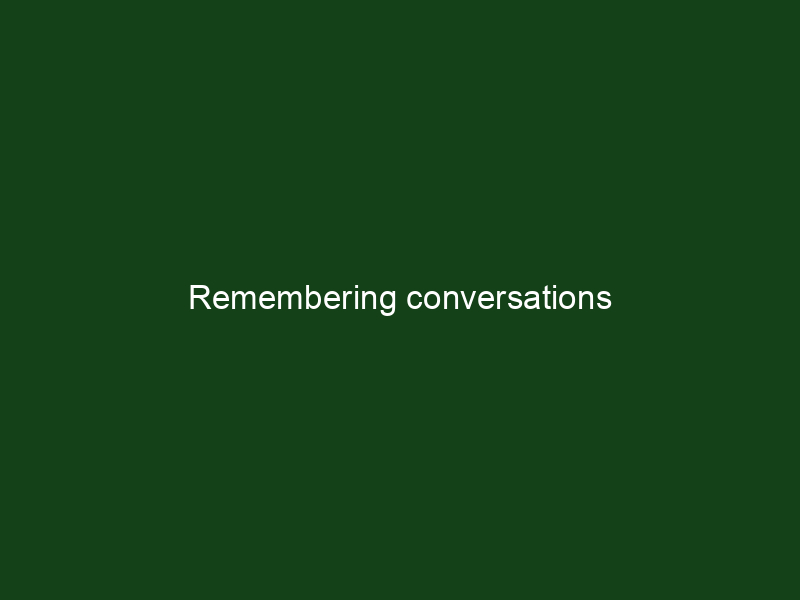Some of our students want to use superlearning methods for conversations and meetings. Since many of us spend a lot of time in meetings and conversations, it is important to use that time with maximal efficiency. Below are some tips that allow you to create meeting summaries in your mind.
Question:
I have not completed the full course yet but so far seems quite engaging and realize it will take time to master. I am a Business Analyst in the IT industry and most of the time I have to go through long discussions over phone or F2F. Is there a guideline to create markers while listening ? I tried but not much success yet.This course so far seems to be focused on reading , create markers and remembering. So am curious what about dynamic discussions when there is no scope of having a documentation ready.
Answer:
Not sure if there are generic rules, so I will answer from my personal experience. When I have long phone conversations I draw small pictures and write down some keywords on a sheet of paper. The active part of actually drawing something on a paper increases retention (studies show x2). The keywords and small images allow recreate the track of discussion when needed. If I need to create mental markers I usually say something like “let me sum up what I understand so far” and use the summing-up monologue to create the markers.
For example, last night, I met someone at a networking event – let’s call her Rachel. When Rachel told me her name, I noticed a similarity between her and another person named Rachel I know. I used that marker (the color of her hair, for example), to remind me of her name – I know 2 Rachels with brown hair.
Rachel also told me she went to the University of Southern California. From there, I pictured an experience I had visiting a very close friend when he attended USC, when I was taken on a tour. I created a marker of my friend and I at USC under Tommy the Trojan, a prominent statue on the campus.
By creating markers throughout our conversation, I was able to remember important details about Rachel and her background – and will likely remember them long-term.
If I attend a lecture, I’m able to do similar marker-creation to aid in memory.
Hope this helps.
One of the things we did not emphasize enough when writing the course was ACTIVE learning. When you have to learn MASSIVE amount of data it is not sufficient to trust your memory skills alone, you should actually WRITE DOWN what you learned. It has been proven that handwriting would be most efficient (double encoding with kinesthetic memory), but any other notes-taking will do.http://lifehacker.com/take-30-seconds-after-learning-something-to-write-impor-1558329109
Indeed. Writing seems to be just one way to “activate” learning. I personally prefer to discuss. A great example of this is taking breaks from reading to share what you’ve learned with someone else, explaining and debating with them.
Of course, we have to use what we learn or our brain will be very effective in regarding it as “no longer relevant.”

Get 4 Free Sample Chapters of the Key To Study Book
Get access to advanced training, and a selection of free apps to train your reading speed and visual memory

